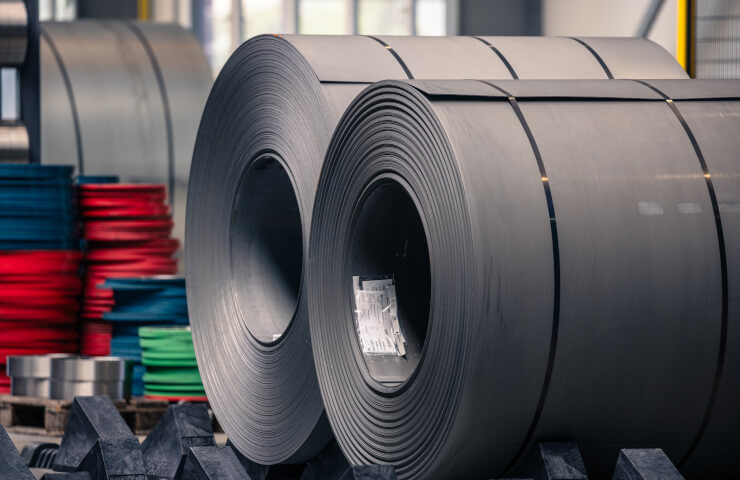In its latest Short Range Outlook, the World Steel Association has revised down its forecast for steel demand in 2024. With the final quarter of 2024 remaining, worldsteel now expects global steel demand to fall 0.9% for the year as a whole, to 1.75 billion tonnes. In April, the association predicted an increase of 1.7%, to 1.79 billion tons. The key impact is a 3% decline in China (to 868.8 million tonnes).
However, worldsteel expects the world, excluding China, to experience what it calls a “broad-based recovery” in 2025. The company forecasts global steel demand will rise 1.2% to 1.77 billion tonnes next year. This is below the previous forecast of growth of 1.2% to 1.82 billion tons.
The average global price for hot-rolled coil fell by more than 25% year-to-date in October amid continued weak demand. Many market participants in the countries assessed for the International Steel Review have pushed back their demand growth hopes further to 2025.
The US Federal Reserve cut interest rates by 0.5 percentage points in October. The ECB cut its rates by 0.25 percentage points in September and October, meanwhile. These actions will take time to impact steel demand. However, after a period of higher interest rates introduced to curb inflation, the cuts indicate a renewed focus on fiscal easing and economic growth.
Growth forecast for 2025
According to worldsteel, demand growth next year will be driven by 0.7% growth in Asia and Oceania (to 1.25 billion tons); by 3.5% in the EU and the UK (up to 141.4 million tons); by 1.6% in the USA, Canada and Mexico (up to 133.4 million tons); by 3.3% in the Middle East (up to 58.7 million tons); and by 4.8% in Central and South America (up to 47.8 million tons) and Africa (up to 38.9 million tons).
India, the world's fastest-growing major economy, is supporting most of its projected growth. The country's steel demand is forecast to grow 8% this year to 143.4 million tonnes and 8.5% in 2025.
Meanwhile, consumption in China is forecast to decline by a further 1% to 860.1 million tonnes in 2025. This will continue to push Chinese mills to seek overseas opportunities, putting downward pressure on steel prices in export markets. In the first nine months of 2024, steel exports from China rose 21.2% year-on-year to 80.7 million tonnes.
The effect of the Chinese government's efforts to stimulate economic growth has been reflected in MEPS data on steel prices in recent months. A significant decline in steel prices in China was followed by a rebound in October following the announcement of new stimulus measures ahead of the Golden Week holiday (October 1-7). MEPS respondents in the Asian market are unsure whether the positive sentiment generated by these measures aimed at improving the situation in China's real estate sector will be sustainable.
Overcapacity pressure
Market participants in Europe, the US and parts of Asia say steelmakers are now starting to cut capacity to match supply with falling demand. However, the European Steel Association (Eurofer) is calling for stronger trade protection measures to cushion the downward price pressure exerted by cheap imports.
Eurofer cited data from the Global Forum on Steel Excess Capacity (GFSEC) which shows that global steel excess capacity will reach 630 million tonnes by 2026. This is five times the EU's steel production in 2023, it said.
Hence, without a significant improvement in demand forecasts in 2025, any rise in steel prices will be increasingly dependent on supply constraints.




